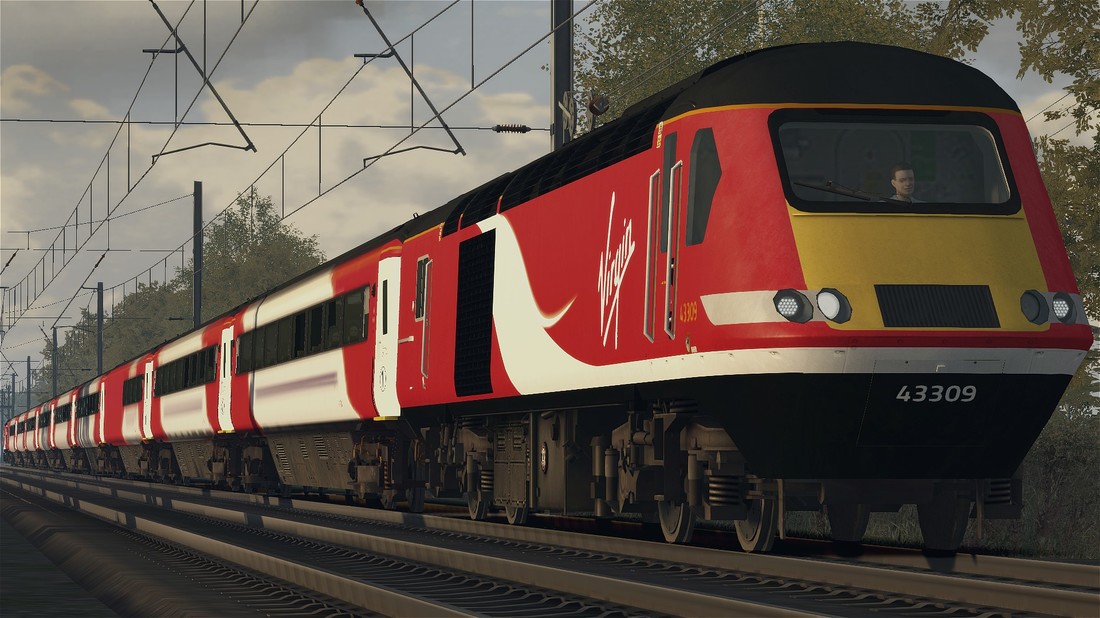

Just south of Golden, the main yard sees busy coal traffic load and unload daily, with double tracks from Golden to Revelstoke to accommodate the constant flow of heavy coal traffic.įor a short distance, the line follows the Columbia River as it flows northwards through the Rocky Mountain Trench – engineers get brief respite on this flat section of the route, before the line turns away at Beavermouth and starts the climb up Rogers Pass. At Lake Louise, the track splits and runs on grades up to 1.8% to Stephen, at the summit of Kicking Horse Pass.Īs the line descends to Golden, the first of the route’s famous spiral tunnels is navigated, descending on a much gentler 2.2% grade than the original line carried. The Canadian Mountain Passes route for Train Simulator begins 10 miles east of Lake Louise at Eldon and follows the Bow River to Morant's Curve, a famous location for railfans and photographers. Scheduled passenger trains on the route were discontinued in 1991, but during the summer, the line sees the Rocky Mountaineer tourist train. Today, the modern-day 155 mile (250km) route for Train Simulator between Revelstoke and Lake Louise, through the imposing Rocky Mountains, is part of the busy transcontinental railway that sees almost exclusively a busy mix of freight traffic, including coal, potash, sulphur, grain, manifest freight and double stack container wagons.
#Train simulator 2014 steam train series#
As a result, a series of tunnels were built through the mountains and, using the famous Gotthard line in Switzerland as their inspiration, CPR’s engineers constructed a number of spiral tunnels to reduce the steep grades along the line. The CPR was completed in 1885 but as traffic grew, the 4.5% grades of Kicking Horse Pass, west of Calgary, became unmanageable, as well as heavy avalanches that constantly disrupted operations along the line. However, this presented engineers with a challenging project to navigate steep gradients and imposing mountain passes. The route was originally planned to run further north than where it was eventually built, primarily to prevent American railroads running through Canada. The Canadian Pacific Railway (CPR) was originally built between British Columbia and Eastern Canada in the 1880s, fulfilling a promise extended to British Columbia when it became part of the Canadian Confederation in 1871. Canada’s first transcontinental railway through the dramatic Rocky Mountains comes to life in this beautiful new route for Train Simulator, featuring imposing mountain passes, steep gradients and famous spiral tunnels.


 0 kommentar(er)
0 kommentar(er)
